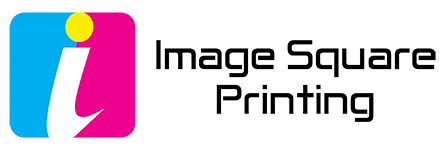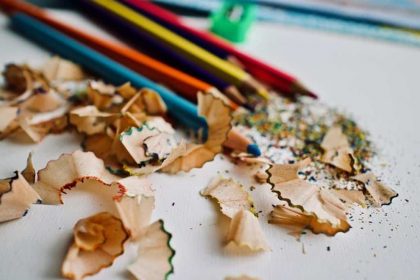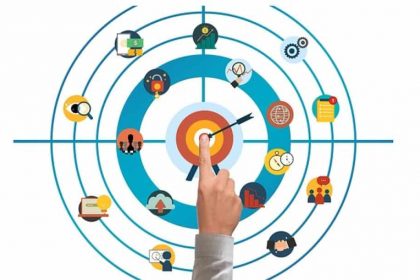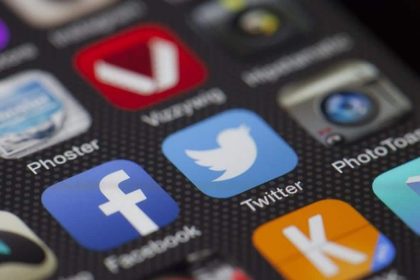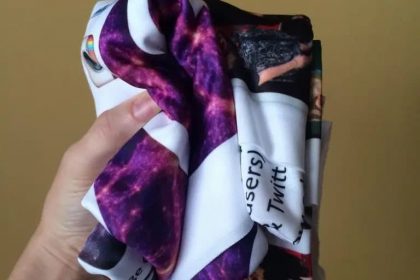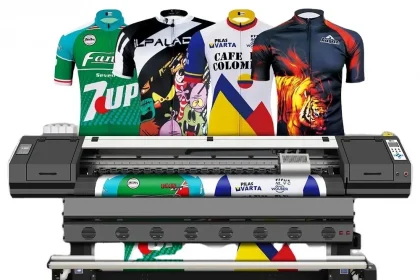Imagine your favorite bottle of lemonade or a classic soda. What’s one of the first things you notice? The label, of course! A label is not just a sticker; it’s a brand ambassador, a mini billboard showcasing what’s inside.
Designing and printing custom labels may sound complex, but it’s incredibly rewarding. Crafting a label that captures your product’s essence can make all the difference in captivating your audience and boosting sales. Whether you’re a small business owner, a homebrewer, or just someone with a creative project, a perfect label speaks volumes.
In this guide, we will explore the journey of creating stunning bottler labels. From brainstorming and design tips to material choices and the nitty-gritty of printing, every detail matters. Let’s dive into the vibrant world of labels and transform ordinary bottles into eye-catching masterpieces!
Understanding the Importance of Custom Bottler Labels
Custom bottler labels do much more than identify what’s inside the bottle. They play a vital role in branding and marketing. Think about walking through a grocery store aisle filled with different drinks. What makes you pick one bottle over another? Often, it’s the label that catches your eye and tells you a story.
A good label can set your product apart from competitors. It communicates the quality and personality of your brand within seconds. Vibrant colors, unique fonts, and compelling graphics can intrigue potential customers and persuade them to choose your product.
Additionally, labels provide essential information. Ingredients, nutritional facts, and barcodes are necessary for compliance and to build trust with consumers. A clear, well-designed label reassures the buyer that your product is reliable.
Custom labels also offer versatility. Whether you need a festive label for a limited edition or a classic design for your main product line, custom labels can adapt to different occasions and marketing strategies.
Three types of label materials are exists today, adhesive back stickers, Hologram stickers and Glow in the dark stickers. Each of these stickers provides a unique and customization effect that takes your design beyond an ordinary stickers.
Key Elements to Include in Your Bottler Label Design
Designing a bottler label is like crafting a first impression. There are a few key elements that can make a significant difference.
First, think about the logo. It’s often the centerpiece of your label, and should be recognizable and consistently used across all your branding. Your logo can establish your product before a customer even reads a word.
Colors and Fonts
Next, focus on colors and fonts. These elements should reflect your brand’s personality. Whether you use bright, bold shades or more subdued tones, consistency helps in building brand recognition. Similarly, choose fonts that are easy to read but unique enough to stand out.
Don’t forget to include the product name. This might seem obvious, but how you present the name can heavily influence its appeal. It should be prominent and complementary to the overall design.
Another crucial component is the information section. Ingredients, nutritional facts, and any other legal requirements need to be clearly presented. This transparency builds trust and ensures compliance with regulations.
Creative Elements and Finishing Touches
Consider adding unique, creative elements such as illustrations or patterns. These touches can make your bottle unforgettable. But remember, less is often more. Overloading a label with too many details can be overwhelming.
Finally, ensure there’s a barcode for easy scanning. This small detail is vital for retail operations and can streamline the purchasing process.
By paying attention to these key elements, you can create a label that not only looks great but also effectively communicates your brand’s message and values.
Tips for Creating Eye-Catching Bottler Labels
Creating an eye-catching label isn’t as daunting as it sounds. Here are some tips to help your product stand out on the shelf.
First, simplicity is key. A cluttered label can confuse customers. Aim for a design that’s clean and straightforward, making the necessary information easily digestible at a glance.
Use High-Quality Images
If you include images on your label, make sure they are high-quality and relevant. Blurry or irrelevant images can make your product seem unprofessional. Investing in good imagery can make a huge difference in catching a potential buyer’s eye.
Next, leverage contrast. This means using colors that stand out against each other to highlight important information. For instance, dark text on a light background is easier to read and more appealing.
The shape and size of your label also matter. A uniquely shaped label can attract attention more effectively than a standard rectangle. Just make sure it fits well with the bottle’s design and is practical for production.
Tell a Story
Consider using your label to tell a story. A brief tagline or a few words about what makes your product unique can create an emotional connection. People are drawn to stories, and a compelling narrative can set your product apart from the rest.
Additionally, don’t underestimate the power of texture. A tactile element, like embossing or a soft-touch finish, can make your product literally stand out and be more memorable.
Finally, always get feedback before finalizing your design. Show your preliminary labels to a small focus group and listen to their thoughts. Sometimes, an outside perspective can highlight aspects you might have overlooked.
By following these tips, you can create a bottler label that’s not only eye-catching but also effective at conveying your brand’s message and enticing customers to give your product a try.
Choosing the Right Printing Method for Your Custom Labels
The printing method you choose can significantly impact the look and feel of your labels. Here’s a quick guide to help you make the best decision.
Digital Printing
Digital printing is ideal for short runs and offers quick turnaround times. It’s perfect if you need smaller quantities or multiple variations of your label. Digital prints offer vibrant colors and detailed designs, making them a popular choice for many small businesses.
Flexographic Printing
Flexographic printing, or “flexo” for short, is great for larger production runs. It’s a more cost-effective option when printing in bulk. Flexo can print on a variety of materials, including film, foil, and paper, and it’s known for its speed and efficiency.
Next, think about offset printing. This method is excellent for high-volume orders that require consistent quality. Offset printing provides sharp, clean images and tends to be more economical for big batches. It’s a great option if you need hundreds or thousands of labels.
Screen printing is another option to consider, especially if you need labels with unique textures or bold colors. This method is versatile and can be used on various label materials. However, screen printing is typically best for smaller batches or specialty labels due to its higher setup costs.
Lastly, consider thermal printing if your labels need to include variable data, like barcodes or serial numbers. Thermal printers are often used for labels that require excellent durability, such as those exposed to harsh environments.
By understanding the advantages and limitations of each printing method, you can choose the one that best fits your project’s needs, ensuring your custom labels look fantastic and perform well.
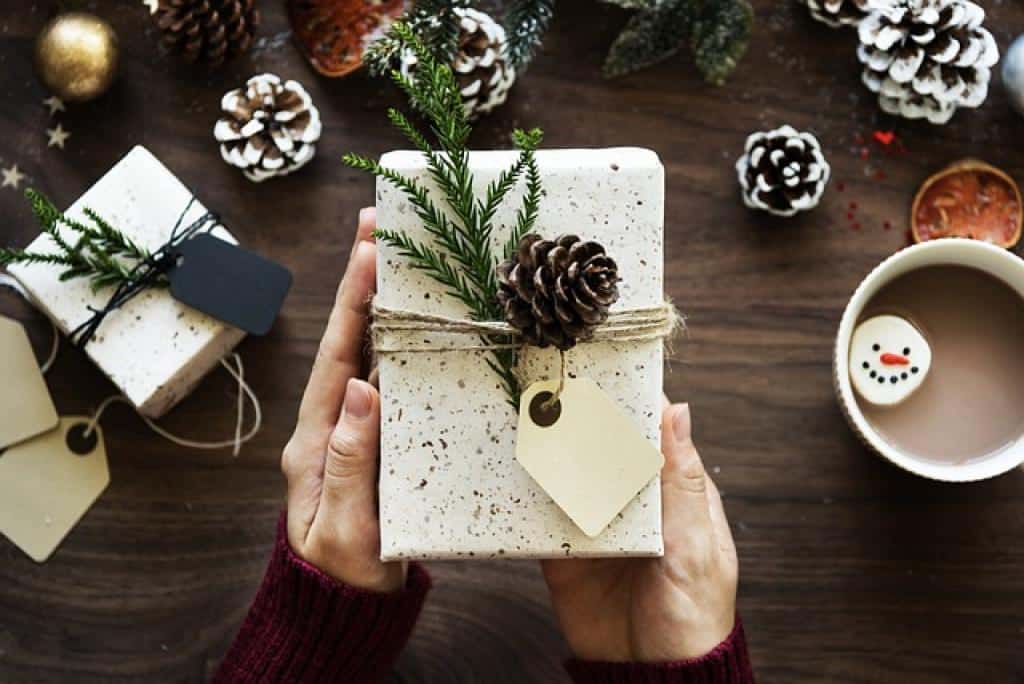
Ensuring Compliance with Labeling Regulations
Making sure your labels comply with regulations is crucial. Not only does it keep you out of legal trouble, but it also builds trust with your customers.
First, familiarize yourself with the specific requirements for your industry. Different sectors, like food and beverages, cosmetics, and pharmaceuticals, have unique rules. Check for guidelines on mandatory information, such as ingredients, nutritional facts, or safety warnings.
Next, check the sizing and placement requirements for essential information. Some regulations specify where certain details must appear on the label and how prominent they should be. Ensuring readability is key—make sure fonts are the right size and style.
Don’t forget about language requirements. Some regulations mandate that labels be presented in multiple languages, depending on where your products will be sold. Be sure to account for this in your design process.
Consider international standards if you plan to market your products globally. Countries may have different labeling laws, and compliance ensures a smoother entry into new markets. Familiarize yourself with certifications, like CE marking for electronics or organic labeling for food.
Lastly, stay updated. Labeling regulations can change, and keeping current protects your business. Regularly reviewing and updating your labels can save you from potential fines and recalls.
By paying attention to these details, you’ll ensure your labels are not just eye-catching, but also compliant and trustworthy.
Personalizing Your Bottler Labels for Brand Identity
Personalizing your bottle labels is a fantastic way to showcase your brand’s unique identity. It helps your products stand out on the shelf and makes them memorable to customers.
Start by focusing on your brand’s colors and fonts. Consistency here is key. Using the same palette and typography across all your labels reinforces brand recognition. Think about iconic brands—often, their colors and fonts are instantly recognizable.
Emphasize Your Logo
Your logo is an essential part of your brand identity. Make sure it’s prominently displayed on your labels. It shouldn’t overpower other important information, but it should be noticeable and aligned with your overall design.
Don’t forget to use engaging imagery that resonates with your target audience. High-quality graphics that reflect the essence of your brand can make a significant impact. Whether it’s a sleek, modern design or a rustic, vintage vibe, choose images that tell your brand’s story.
Adding a personal touch can make your products feel more special. Consider including short messages, quotes, or even fun facts related to your product. These small details can create a connection with your customers and enhance brand loyalty.
Lastly, don’t be afraid to think outside the box. Innovative design elements such as unique shapes, textures, or materials can make your bottles more attractive. The look and feel of your label should evoke the same emotions and values your brand stands for.
By thoughtfully crafting personalized labels, you not only create a beautiful product but also build a strong, cohesive brand identity that customers will remember.
Effective Strategies for Promoting Products Through Label Design
Promoting your products through label design is an art and a science. Eye-catching labels can draw customers in and sway their buying decisions in an instant.
First, make sure your label is easy to read. Use clear, legible fonts for essential information like product names, ingredients, and volume. Avoid clutter by prioritizing the most crucial details.
Highlight the unique benefits of your product right on the label. Whether it’s organic ingredients, a special formulation, or a limited edition, make it stand out. Bold colors, icons, or badges can be effective here.
The psychology of color can’t be overlooked. Different colors evoke different emotions and reactions. For instance, green often suggests eco-friendliness, while red can create a sense of urgency or excitement. Choose colors that align with the feelings you want to evoke.
Texture and finish also play significant roles. A glossy finish can look sleek and modern, while a matte finish might give a more sophisticated, premium feel. Even the tactile experience of holding the product can influence a customer’s perception.
Make good use of the available space. An uncluttered, balanced design can be more appealing than a label packed with information. White space isn’t wasted space—it can help important elements stand out.
Don’t forget about storytelling. If there’s room, include a brief snippet about your brand’s journey or the product’s origins. This creates an emotional connection and can be particularly effective in niche markets.
By weaving these strategies into your label design, you can turn a simple bottle into a powerful promotion tool that catches eyes and wins hearts.
The Bottom Line: Maximizing Impact with Your Custom Bottler Labels
In conclusion, your bottle’s label is more than just a piece of paper—it’s a critical aspect of your product’s identity and marketability. By focusing on clarity, highlighting unique benefits, and using effective color schemes, you can create a label that not only attracts attention but also tells a compelling story.
Remember, the texture and finish of your label can add another layer of appeal. Whether you choose a glossy or matte finish, make sure it resonates with the message you want to convey. Don’t overlook the power of white space, either. A well-balanced design can make your label more eye-catching and easier to read.
Incorporate storytelling elements if possible. Sharing a bit about your brand or the product’s origins can create a meaningful connection with your customers. This emotional engagement can be a decisive factor that sets your product apart from the competition.
Ultimately, a thoughtfully designed label is a powerful marketing tool. It can capture a potential customer’s attention, inform them about the product, and create an emotional bond—all within a few moments.
So, take the time to craft a label that stands out and reflects the quality and character of your product. With the right design, your custom bottle labels can do more than just wrap around a bottle—they can wrap around your customer’s heart.
